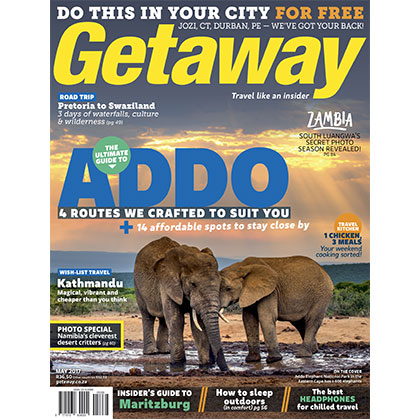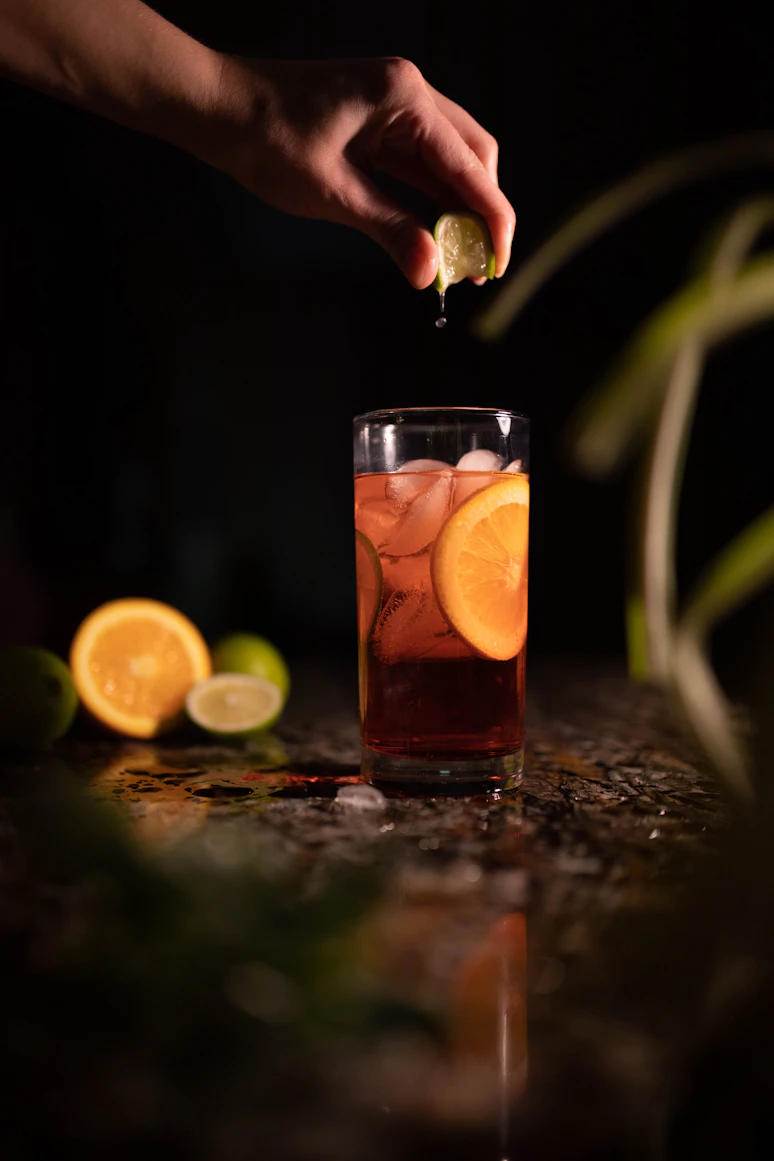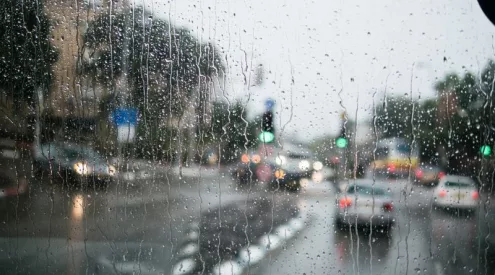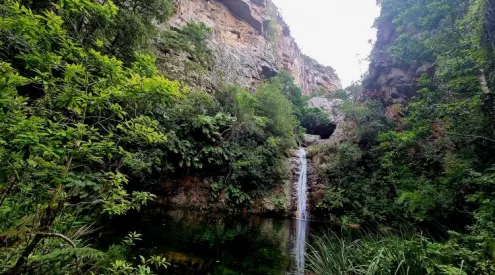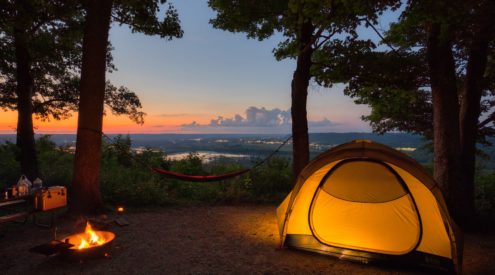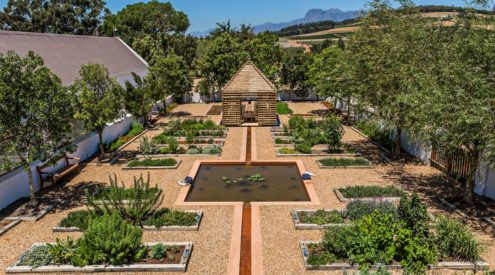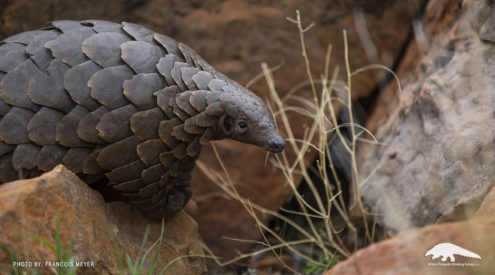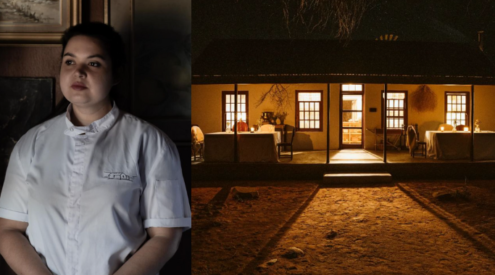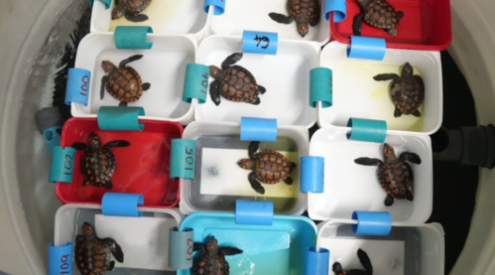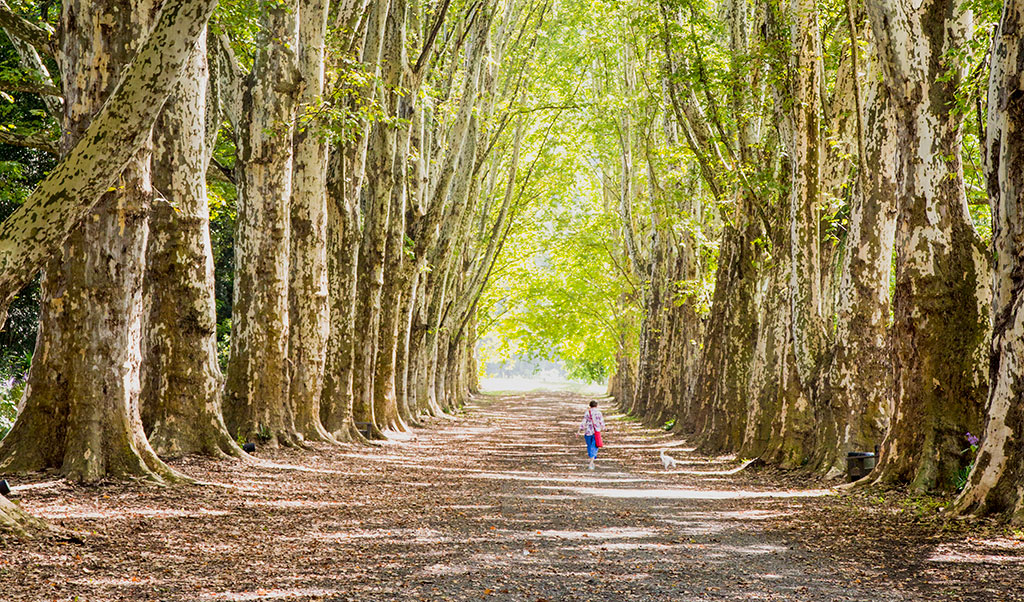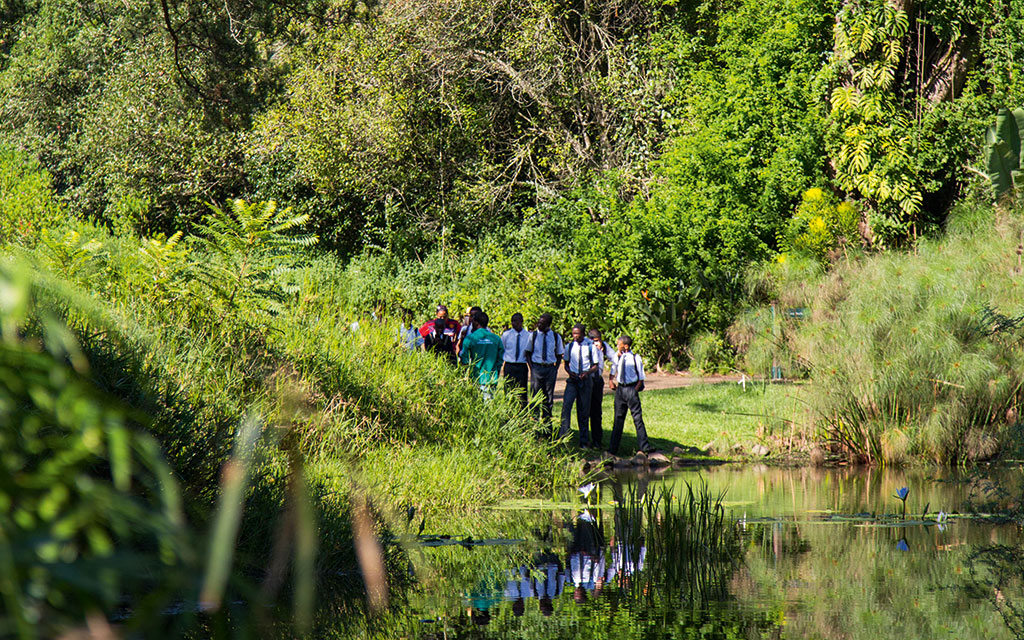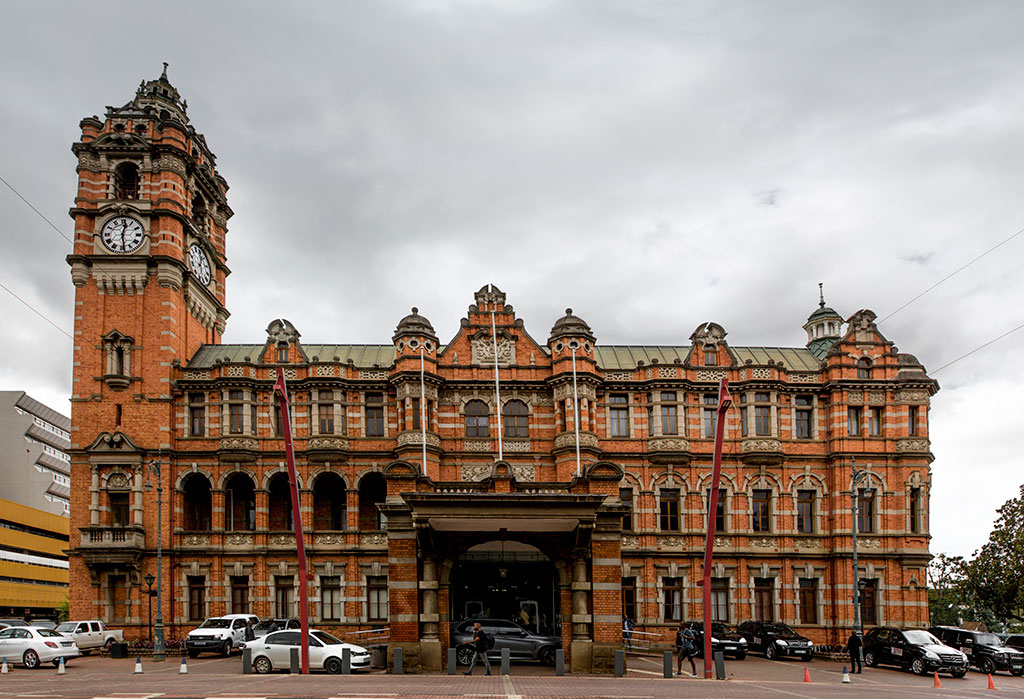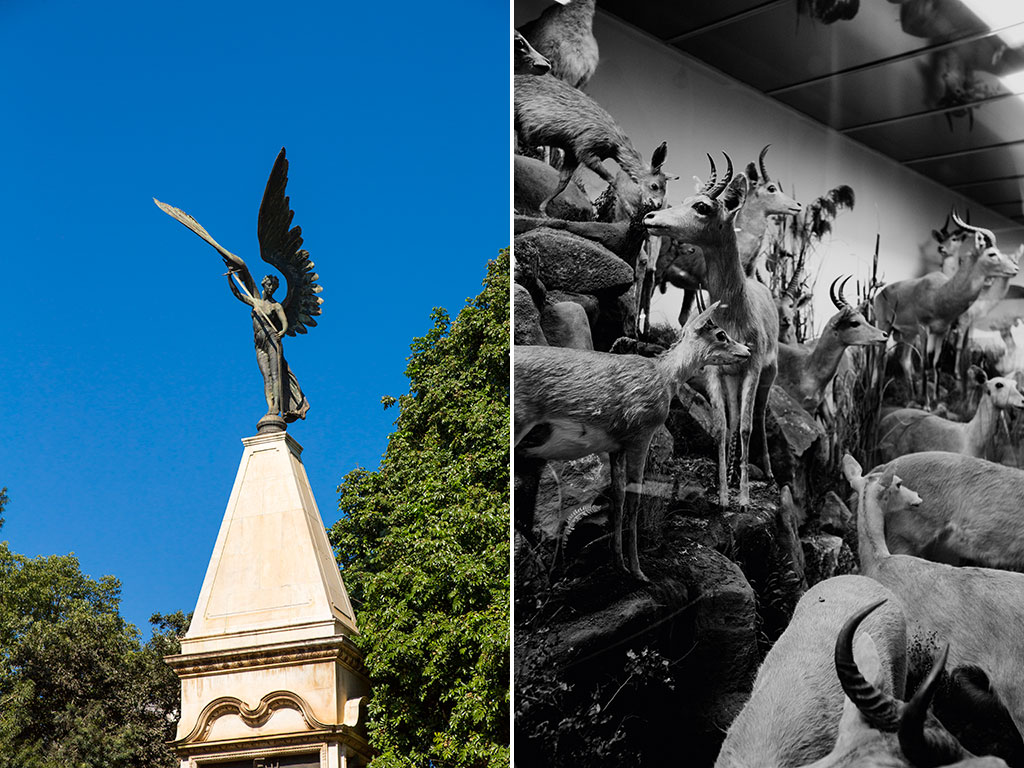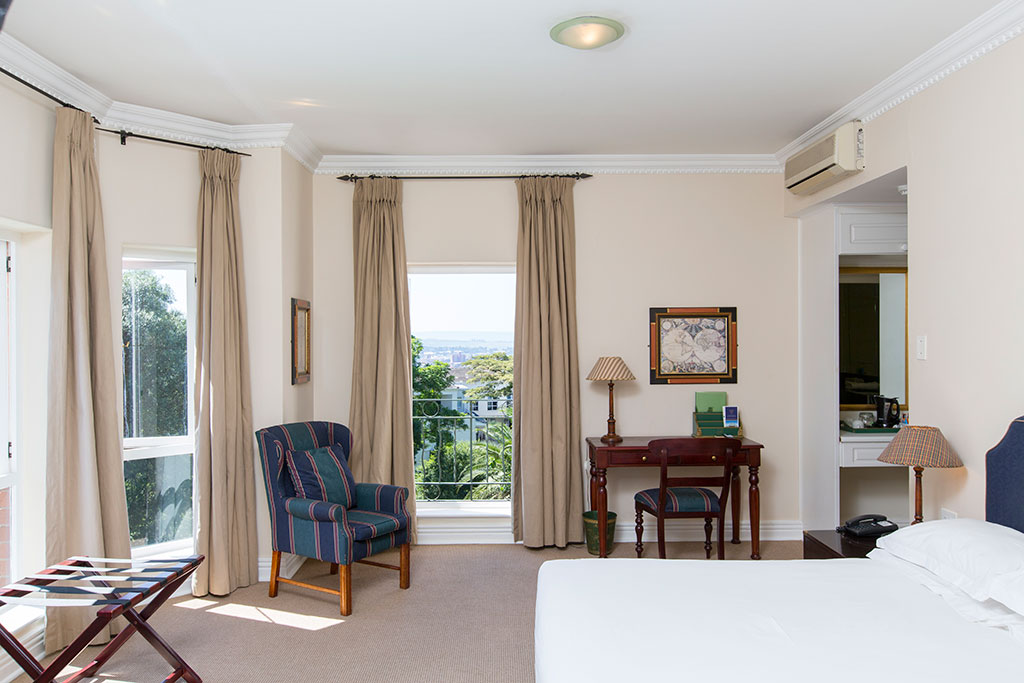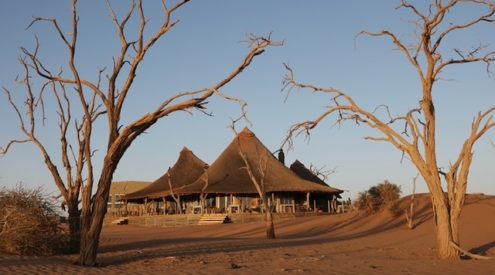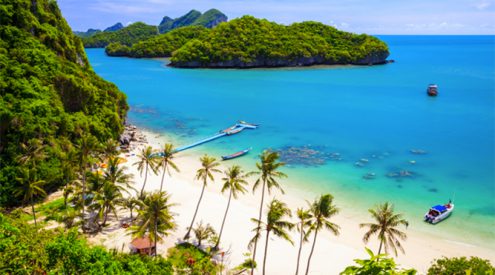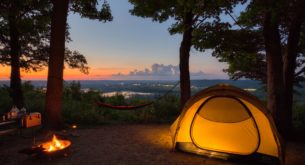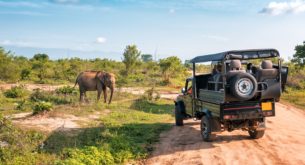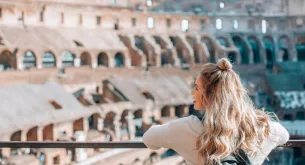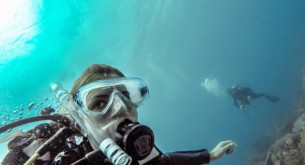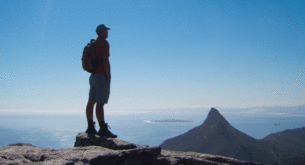Historian Steven Kotze takes a look at Pietermaritzburg, the Kwa-Zulu Natal town so rooted in the past, but with a new present emerging.
The Insider: Steven Kotze was born in Maritzburg, went to school and varsity there, visits frequently and still thinks fondly of his hometown. A history expert who has worked as a guide and authored two books, he is now a researcher for Durban’s Local History Museum.

A ‘living cathedral’ formed by the plane of trees planted at the KwaZulu-Natal National Botanical Gardens in 1908.
During the 1980s, when I was growing up in Pietermaritzburg, a stunningly misguided branding campaign for the city came up with the payoff line ‘Last Outpost of the British Empire’, which was printed on stickers emblazoned with the red, white and blue stripes of the Union Flag. The exact intention of the stickers remains unclear, but it was probably a celebration of red-brick, broekie-lace colonial architectural heritage and some undefined cultural legacy of a long-ago era wrapped up in the supposed Englishness of Maritzburg.
This all, quite likely, seemed a clever but harmless approach to the tourism people, but today we recognise it as a Zille-like take on colonial exploitation and conquest. It involved and still, requires, a sanitised, soft-focus gaze careful to avert looking at the unpleasant bits such as burning civilian homesteads during war and other military atrocities committed by those awfully smart redcoat soldiers.
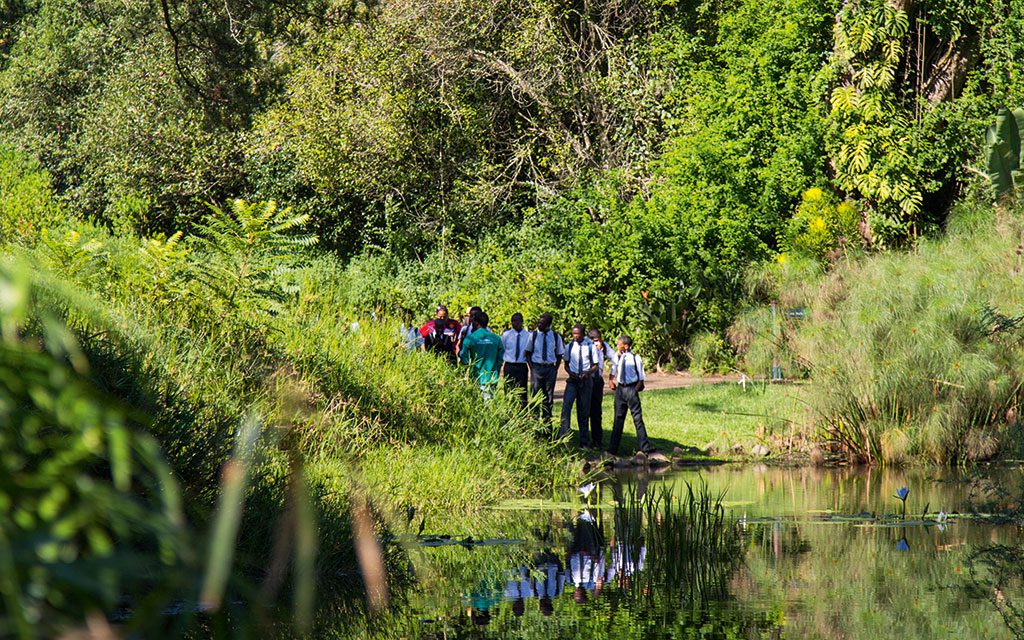
The duck pond in the Botanical Gardens. Photo by Steve Kotze.
During the 1970s and 80s, the city carefully tended its mythical image of Victorian decorum with a particular focus on its mother lode of 19th-century clay-brick buildings, quaint lanes and family-owned businesses that lined Church Street, the central spine of that identity. Three decades later, the former colonial capital has undergone a radical transformation, with the last few key relics of that former period marooned, coelacanth-like, floating along in an utterly changed world.
Right in the centre of town, the short stretch from Church Street to Peter Kerchhoff Street to Chief Albert Luthuli Street conveys a sense of imperial complexity in ways the old bumper sticker couldn’t. Set alongside the ultra-modern Cathedral of the Holy Nativity is St Peter’s, a little church that’s a monument to the remarkable career of John William Colenso. He was a mathematical genius turned missionary whose controversial, avant-garde biblical interpretation shook the entire Victorian establishment in the same way Charles Darwin’s Theory of Evolution did at roughly the same time.
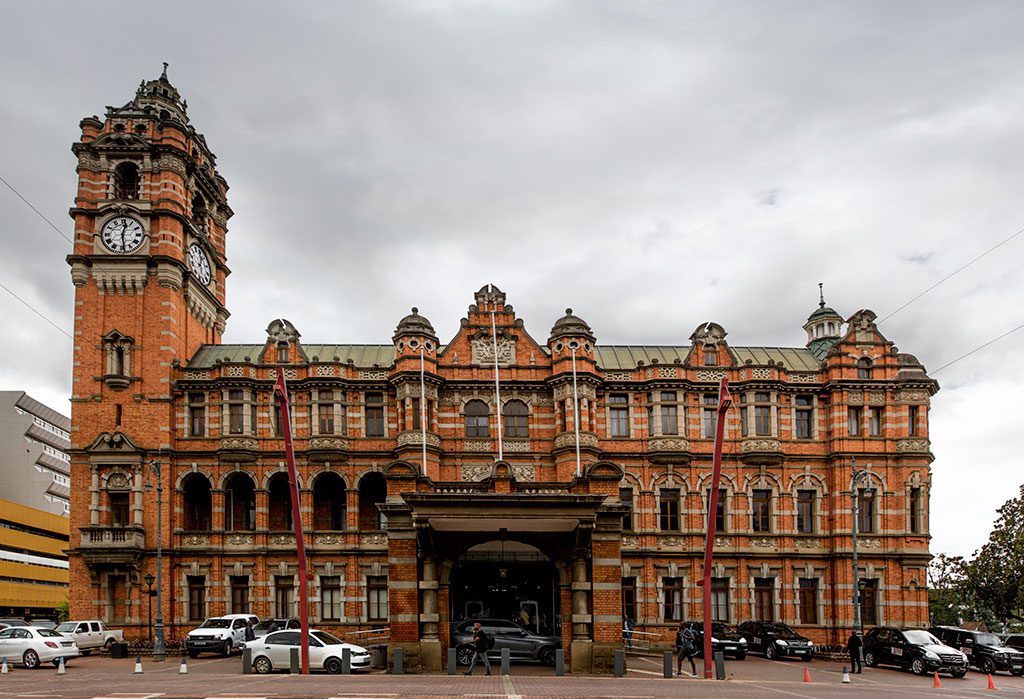
Maritzburg’s famous red-brick City Hall, celebrated for its ornate Victorian architecture and as the starting point of the Comrades Marathon down-run to Durban.
Colenso was the first Bishop of Natal and was given the Zulu name Sobantu (‘father of the people’), a title also bestowed upon the earliest township in Pietermaritzburg, established in 1924 on what was then the edge of town. This little community was later home to a number of anti-apartheid activists, MK stalwarts, jazz legends and other non-conformists. The bishop would’ve been proud.
From Colenso’s church towards the undeniably impressive City Hall (on seeing it my daughter asked me, ‘Who lives in that palace?’), fast-food joints jostle with big department stores all the way down Church Street in a way that was unthinkable when I was at school. Off the main strip, though, the little lanes have undergone the most impressive makeover. Once the placid setting of legal firms surrounding the provincial legislature and Tatham Art Gallery, labyrinthine walkways are teeming with hair salons that spill out onto the pavement and fill the air with the music of Africa. These days the city centre has an identity that is more in tune with its geography.
Around the corner, the KwaZulu-Natal Museum in Jabu Ndlovu Street is the oldest institution of its kind in the province. The Natal Society, established in May 1851 to promote emigration to the recently established colony, took over the small public library in Pietermaritzburg and by September that year the Society council appointed a committee responsible for founding the museum. Although it took two decades before the first makeshift exhibition was displayed, and even longer for its larger ambitions to be realised. Due to public demand for a museum (remember, no Internet back then), and the inadequate state of the existing facilities, the colonial government took over the collection in 1901. Dr Ernest Warren, the zoologist appointed as director of the new museum, spent three decades at his post and built a wonderful natural history collection.

Left: The winged figure of Victory on top of the Natal Volunteers war memorial. Right: An old-school display of antelope taxidermy in the KwaZulu-Natal Museum.
The museum remains one of the finest in the country, with excellent displays of the furry and feathered inhabitants of the region. My favourite is a cabinet of curiosities collected in the early days of the museum, more carnival freak show than scientific exhibit, but which are as fascinating today as they were 100 years ago. Think giant furballs extracted from animals’ stomachs, two-headed calves and the like. Recent political events, including the bloodbath that marked the final spasms of apartheid in the province, are well presented too, and essential, if painful, viewing for South Africans born after it was all over.
Along with taxidermy, gardening obsessively is another Victorian stereotype that gets a lot of attention. Perhaps colonial apologists hope the perennials and shrubs are a distraction from those awkward genocidal tendencies? The KwaZulu-Natal National Botanical Garden in Mayors Walk is an eclectic mix of exotic plants from when the gardens were first established and more recent additions of indigenous flora. The avenue of enormous plane trees is famous for its vast carpet of fallen leaves in autumn, but further along a grove of soaring Australian Eucalyptus grandis is just as impressive, with gigantic trunks that conjure up an image of the elven forest of Lothlórien.
The thing is, Maritzburg (and no one who’s from here uses the full name) has quite enough impressive tricks of its own tucked up its sleeves. It never needed to be the last outpost of someone else’s bad idea.
Where do the locals go?
Muhammed Moosa, chef at Mo-G’s
‘Albert Falls Dam, just outside town, is only 20 minutes from my home and the perfect place to relax with the family surrounded by nature.’
Viranna Frank, PRO
‘My two boys never tire of the botanical gardens or Queen Elizabeth Park, both great for nature hikes or just to relax in the tranquil surroundings.’
Oscar Dhlomo, publisher
‘Broadway Lifestyle in Imbali is close to a big academic precinct, as well as where ordinary people live, so it’s great to go there for traditional food and a vibrant reflection of the community.’
Shelagh McLoughlin, writer
‘The plantations around Hilton are my favourite place to escape, for walking, running or mountain biking. Talk to a local about safe places to go.’
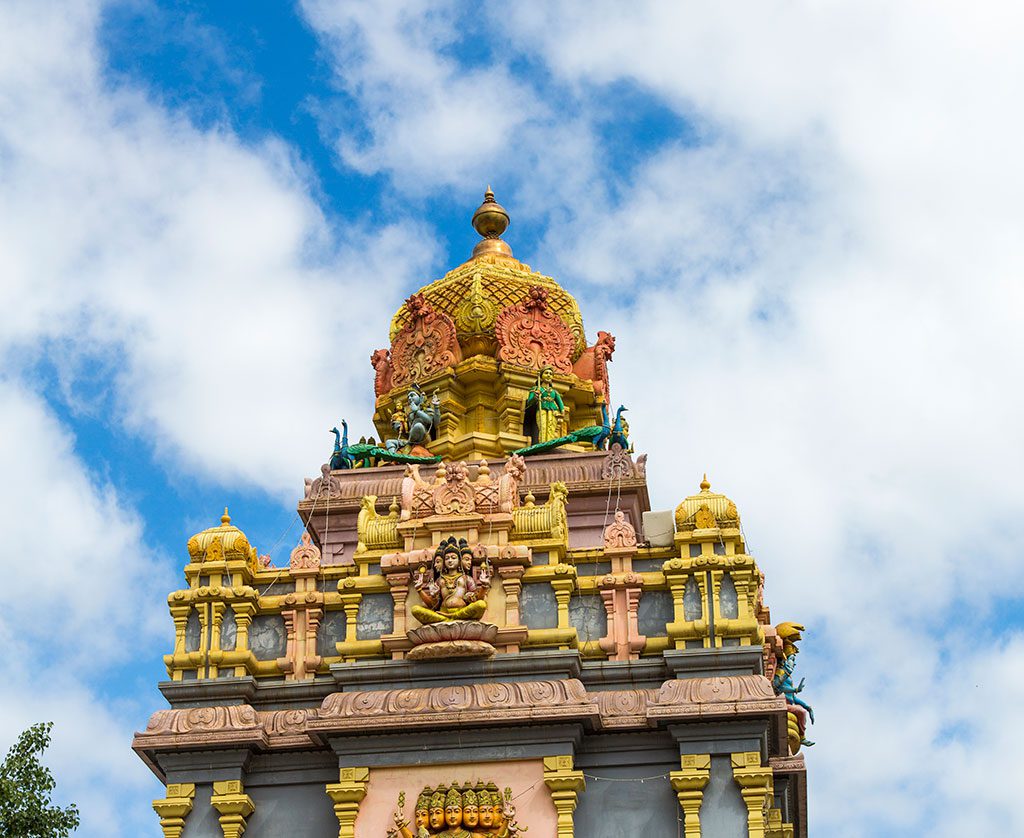
Representations of Hindu deities on the Sri Siva Soobramoniar and Marriamen Temples.
Plan your trip
Getting there
Pietermaritzburg is less than an hour’s drive from Durban on the N3. Airlink recently launched flights to Maritzburg’s Oribi Airport from Joburg or Cape Town. From R2500 return. travelstart.co.za
Stay here
Redlands Hotel is set in the northern suburb of Wembley, and is part of a gated estate, not that you’d notice. The Library Suites have views over the trees in the estate. From R1630 for a double room.
Heritage House in Miller Street, next door to Mo-G’s, is the best place to spend a night in a cute little 120-year old red-brick house. From R600 for two sharing.
Ascot Bush Lodge is located on the banks of the Msunduzi River and has thatched cottages surrounded by natural splendour only a stone’s throw from the city centre. From R700 for a rondavel sleeping two.
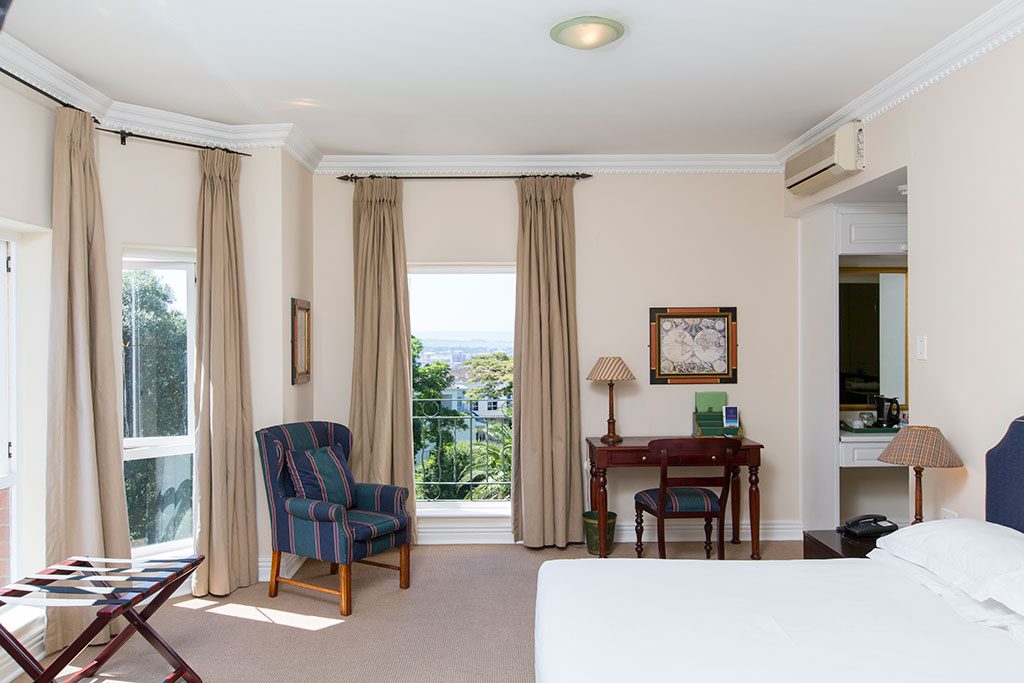
The Redland Hotel.
Do this
Potter around the Pietermaritzburg Farmers’ Market, on Saturday mornings in the botanical gardens. You can grab a pastry and coffee and spread a blanket under the trees, or walk through the gardens and up the hill on the other side of the Dorpspruit. Entry R25 per person. 2 Zwartkop Road. Tel 0333443585.
Visit Sri Siva Soobramoniar and Marriamen Temples. They were first established as wood and iron structures in the 1860s by Indian indentured labourers. The beautiful sanctuary on the site is almost a century old. Wear clothing that covers your shoulders and legs, and no shoes are allowed inside the temple grounds. Free entry. 545 Langalibalele Street. Tel 0333425430.
Browse the Tatham Art Gallery. It’s filled with great work, including an exhibition by 2016 Standard Bank Young Artist Mohau Modisakeng until 17 May, and has the best view of both the City Hall and the Comrades Marathon start. There’s a nice cafe here too. Free entry. Chief Albert Luthuli Street. Tel 0333922800.
Find the cabinet of curiosities at the KwaZulu-Natal Museum. The museum combines natural and cultural history, so you can see anything from dinosaurs to recreated shipwrecks. Entry R10 per person. 237 Jabu Ndlovu Street.

The exhibition at the Tatham Art Gallery.
Three must-do urban walks in Pietermaritzburg
World’s View: One of Maritzburg’s oldest routes is from World’s View, along the old wagon track through a plantation and into Voortrekker Road. Villiers Drive and Roberts Road will bring you into town via leafy Clarendon suburb. It’s best to go in a group.
Sobantu Heritage Route: The homes of notable activists such as Harry Gwala and Anton Xaba, as well as artists and sporting legends, are in Sobantu. The Mgungundlovu Liberation Heritage Route offers walking tours of the township. Tel 0729333757.
Alexandra Park: Stroll from Balmoral Drive through Alexandra Park over the cast-iron Macfarlane Bridge at the Msunduzi River. From there the track pops out on Prince Alfred Street in front of the old Grey’s Hospital heading to Chief Albert Luthuli Street.
Eat here
Mo-G’s has undergone a renovation and revamped its menu to blur the distinction between lunch and supper. Try the Moroccan lamb cutlets served with dukkah couscous and red pepper cream. Mains start at R120. Tel 0836378861.
Rosehurst combines redbrick and a Victorian English garden as the backdrop for lunch, tea or a sweet treat. Browse through the antiques, collectables and second-hand books. Meals from R79, pastries R35. Tel 0333943833.
Pizzology is a Maritzburg institution, loved because it gave townsfolk their very own excellent artisanal pizzas. From R45. Tel 0333450024.
This story first appeared in the May 2017 issue of Getaway magazine.
From our ultimate guide to Addo, free things to do in your city, a photographic getaway to South Luangwa and getting the best of Nepal; our May issue is guaranteed to inspire.
